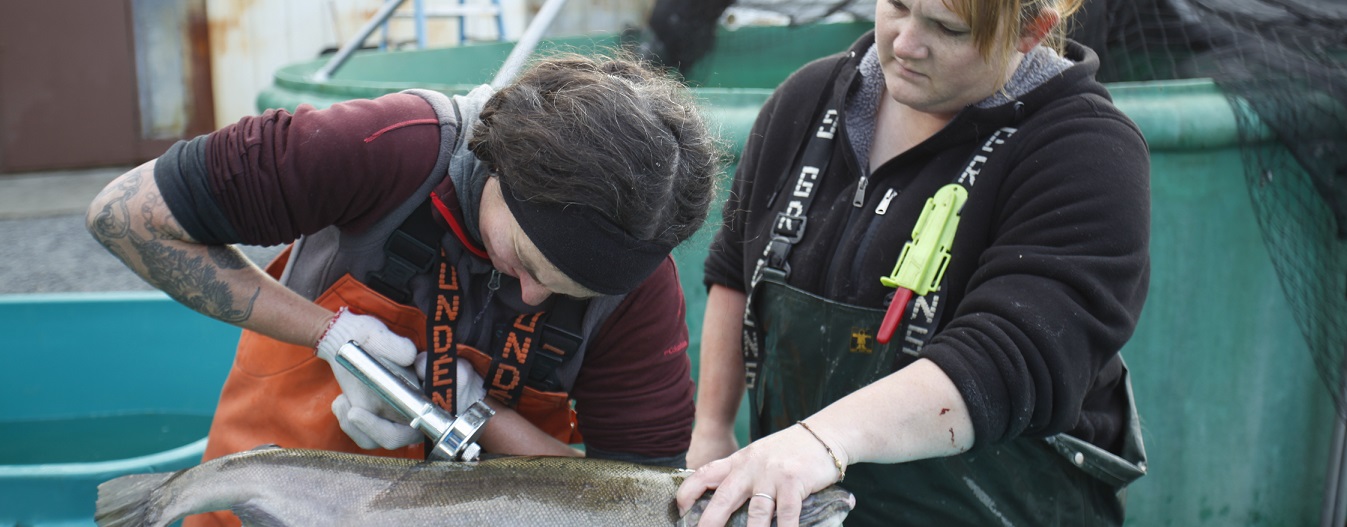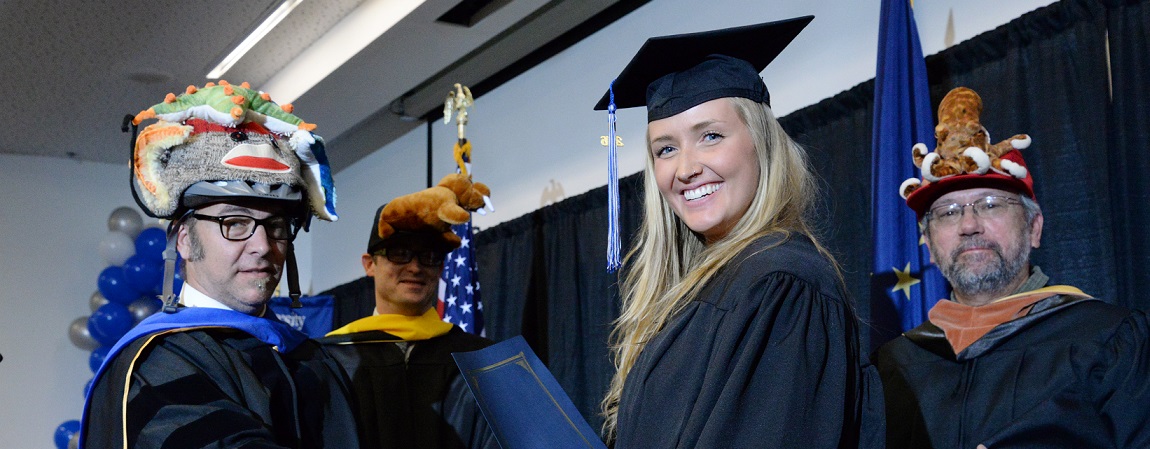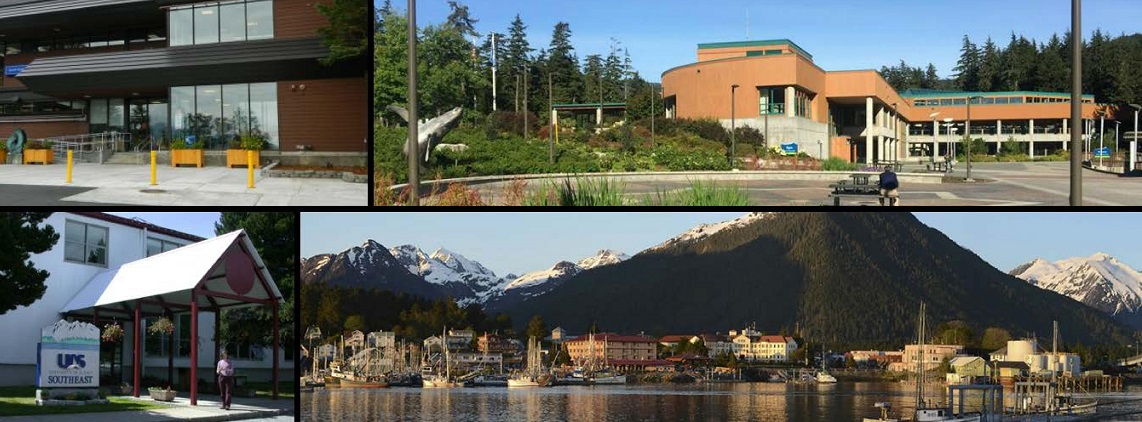
Kruzof Island seen beyond humpback whales. Creation of Marine Protected Areas worldwide will likely impact Alaska’s marine biodiversity.
“…At the same time conservationists have been pushing for new ocean reserves, marine scientists have documented that fully protecting large areas can have spillover effects by boosting fish populations. Some fish travel outside these areas and can be caught, making these restrictions more politically-palatable to local residents.
National Geographic explorer in residence Enric Sala, author of the new book “Pristine Seas: Journeys to the Ocean’s Last Wild Places,” calls these regions “fish banks,” in which fishing operators can draw down the interest without depleting the capital.
According to a 2009 study published by a group of researchers at the University of California, Santa Barbara, Oregon State University and the National Marine Fisheries Service, no-take reserves on average produce four times as much fish and these fish are 25 percent larger. Larger fish produce many more offspring, which in turn migrate to neighboring areas where fishing can take place….”
Learn more here.










You must be logged in to post a comment.